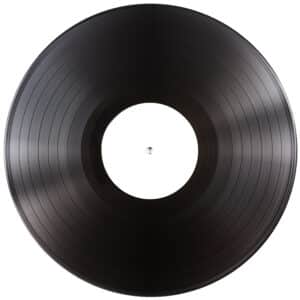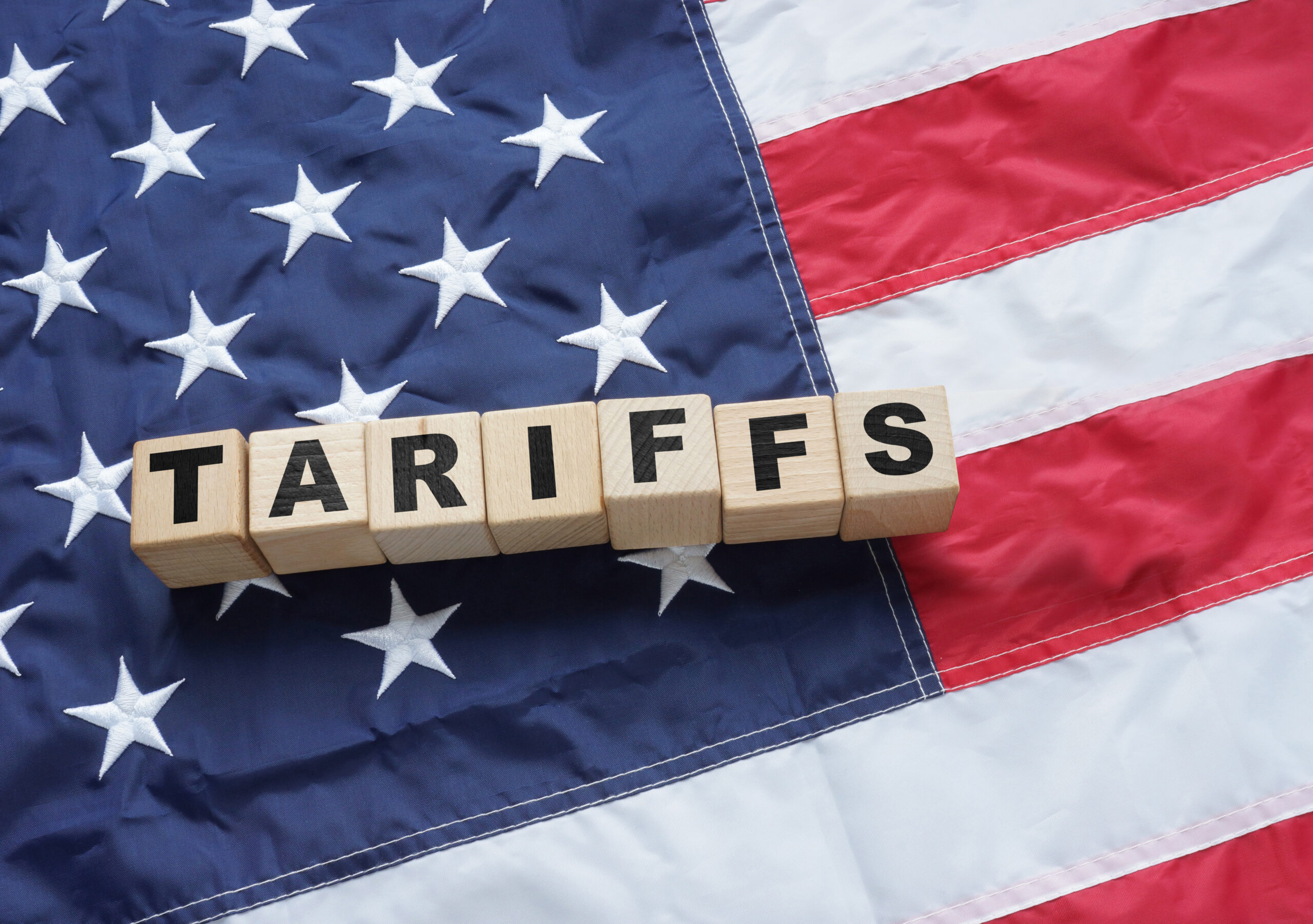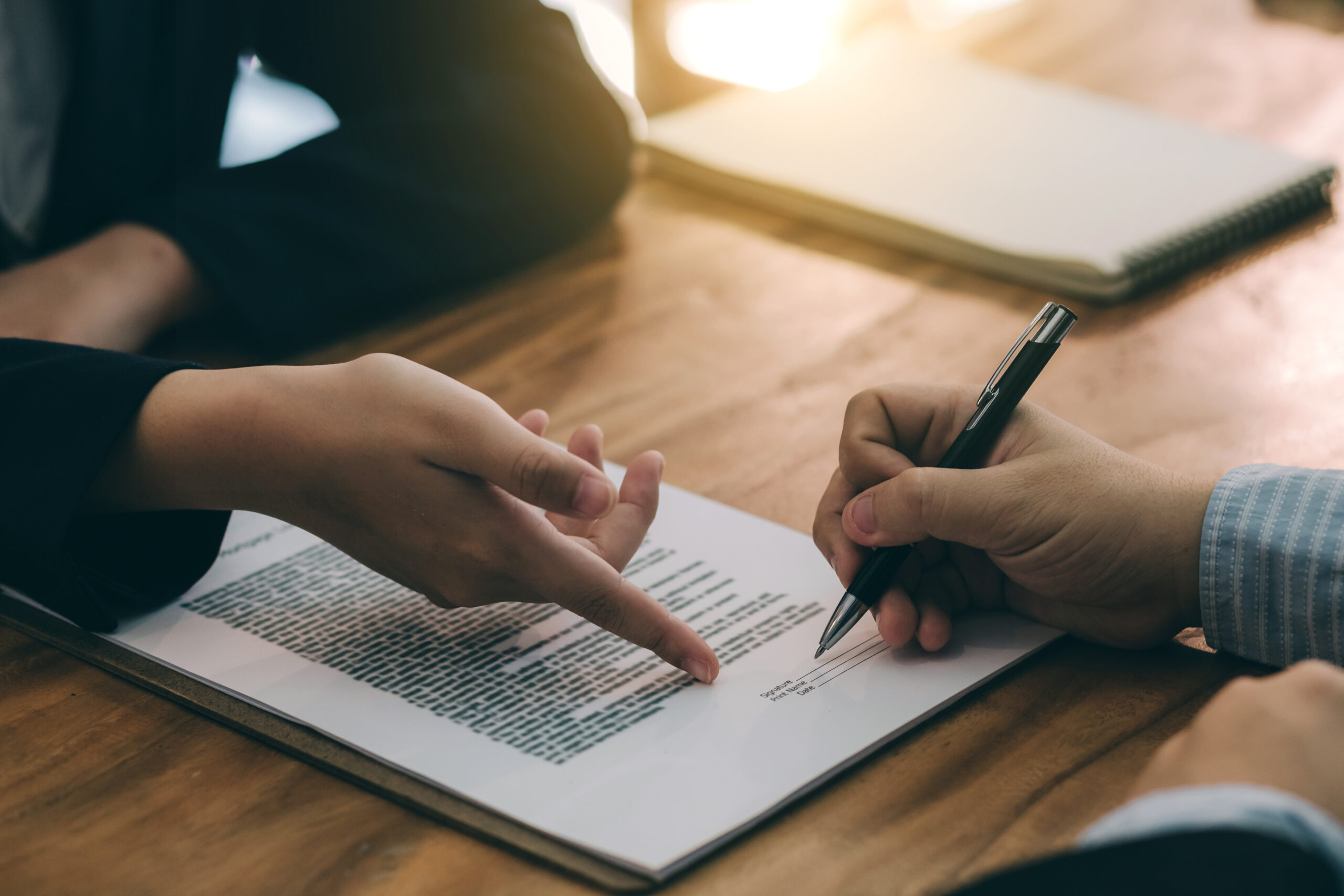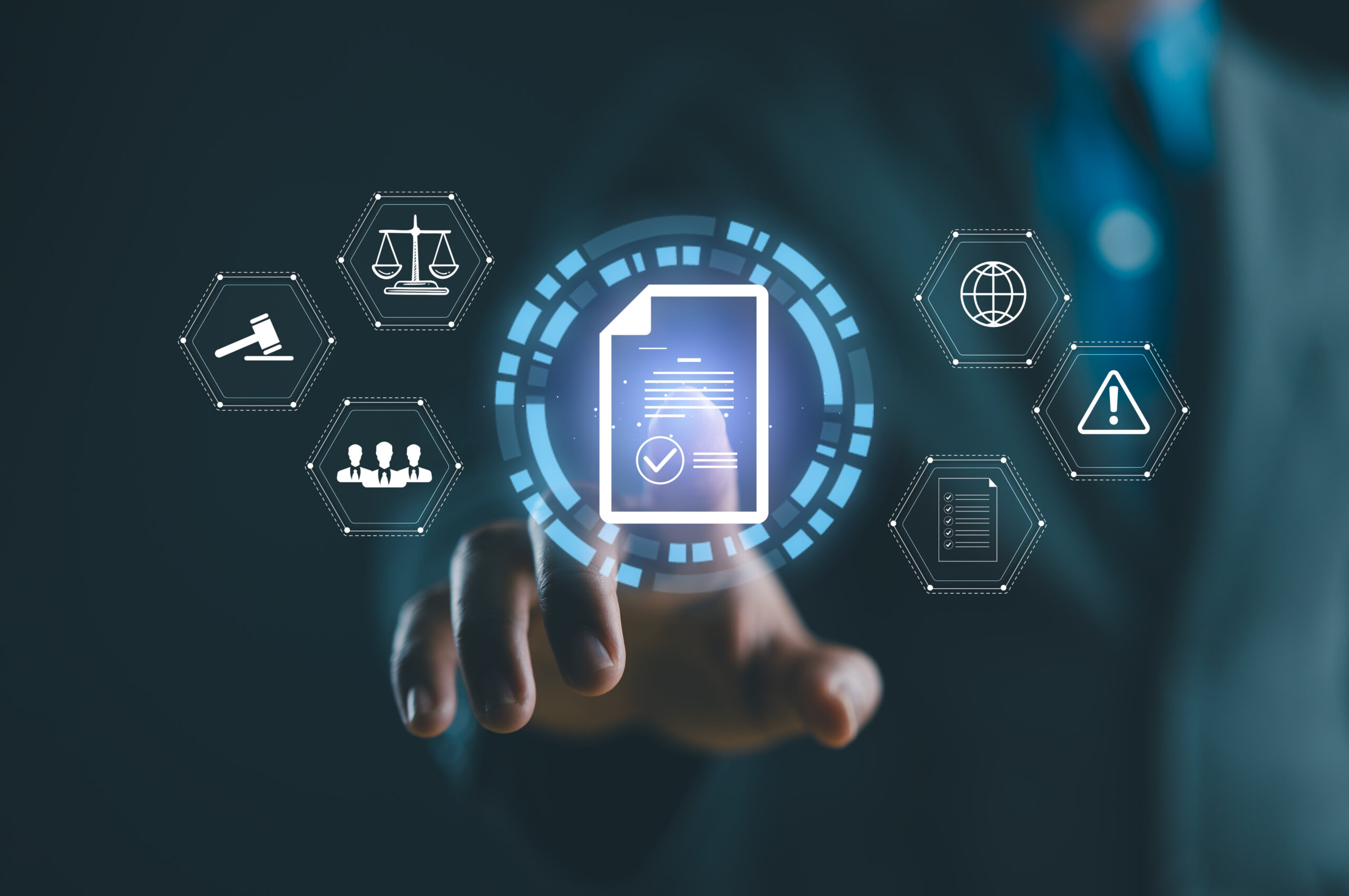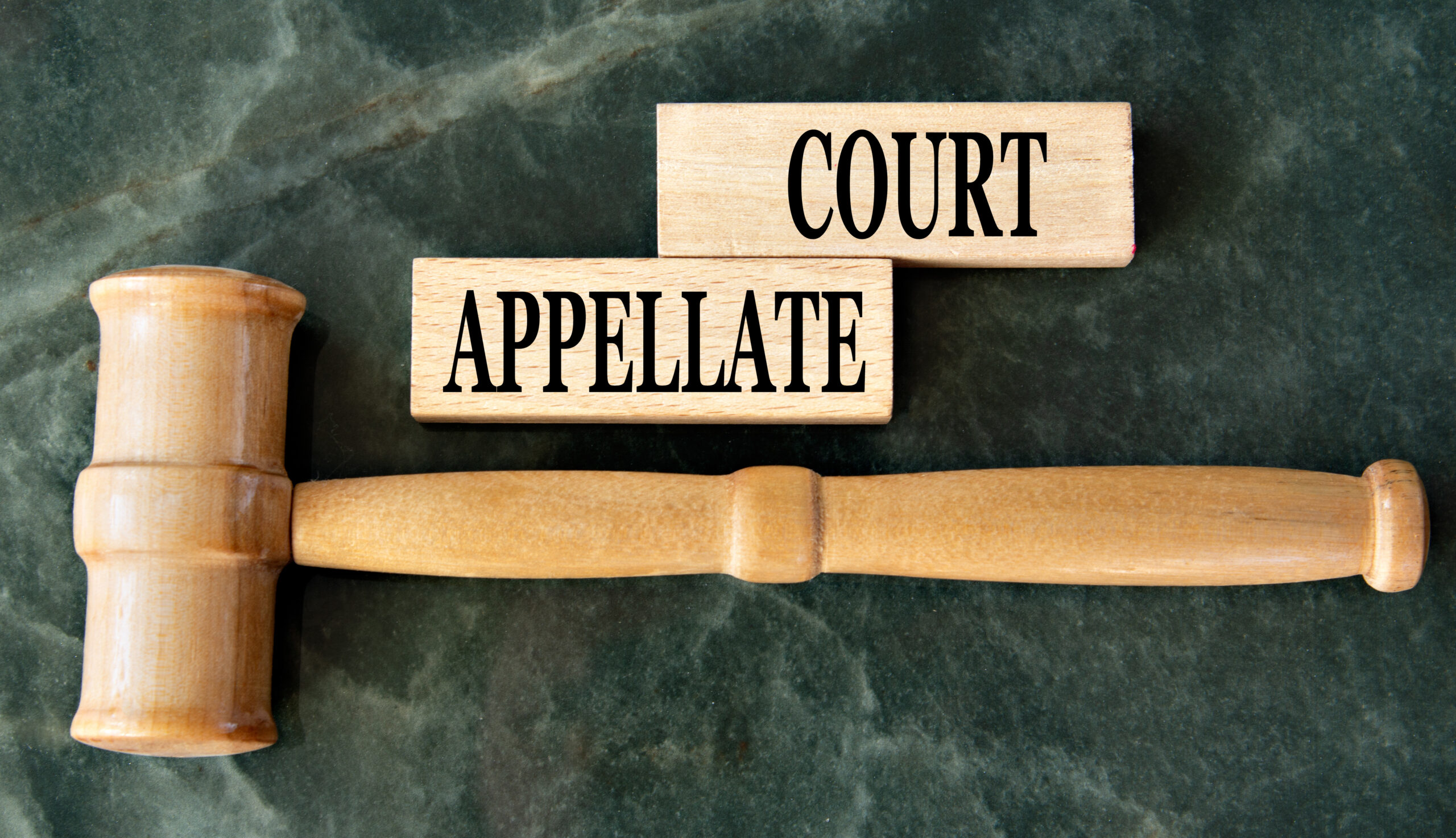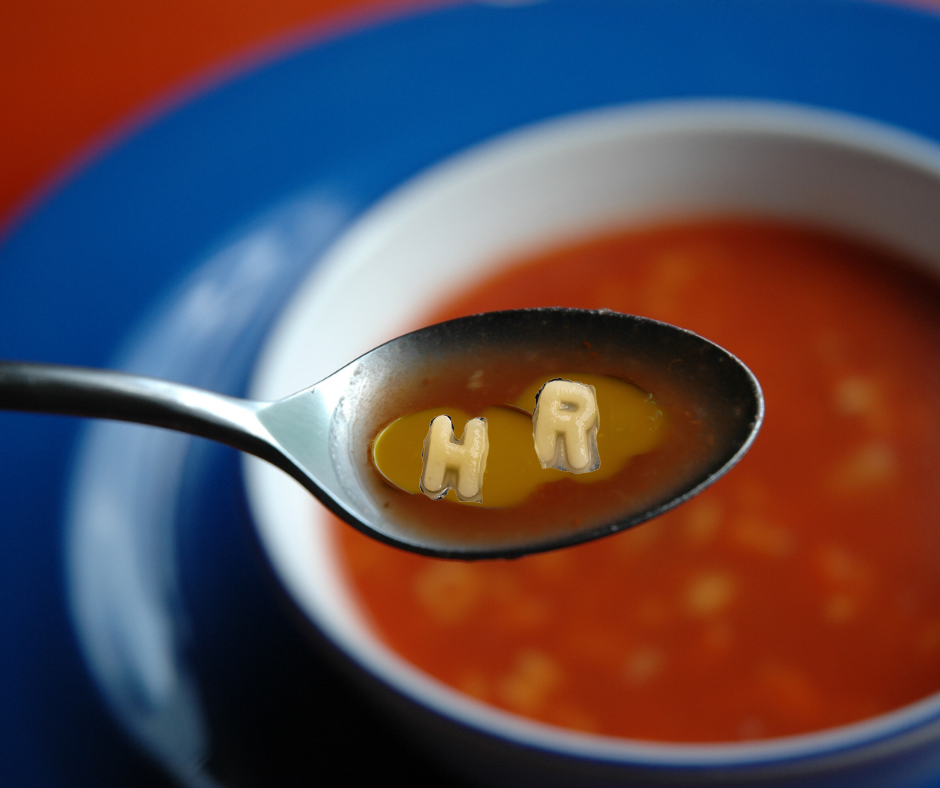In addition to rumors and gossip of her latest relationship, Taylor Swift is making headlines for the re-release of her “1989” album. Previously, she did the same for her “Red” album in 2021 (originally released in 2012), her “Fearless” album also in 2021 (originally released in 2008), and her “Speak Now” album earlier this year (originally released in 2010). Why is Taylor Swift re-recording already released albums? That’s because a piece of the copyright behind each of her songs does not belong to her. Let’s break down Taylor Swift’s re-recordings from a legal perspective.
HOW SONGS ARE COPYRIGHTED
First, it is important to understand that music copyright is made up of two different parts:
- composition – generally song lyrics
- master – recorded sound (what we listen to on Spotify, Apple Music, or the radio)
With regards to Taylor Swift, she only owns the composition of her earlier albums; she does not have the rights to her masters.
From a practical standpoint, this means she is unable to sing her old songs without the permission of the owner of her masters, who, in this case, is Big Machine Records. Just prior to the 2019 American Music Awards, Ms. Swift released a statement that she was being blocked from performing any songs from her old albums by Big Machine Records. Big Machine Records is able to do this because they alone have the exclusive rights to reproduce, prepare, distribute and publicly perform Taylor Swift’s previous “sound recordings.” This authority comes from the Copyright Act of 1976.
FINDING A LOOPHOLE: TAYLOR SWIFT’S RE-RECORDINGS
Although Ms. Swift’s prior contract with Big Machine records was pretty much airtight, and the Copyright Act gave Big Machine Records quite a bit of authority, she was still able to start re-recording her old albums in 2020.
How is this possible? If Big Machine Records still owns the copyrights in the sound recordings, how are Taylor Swift’s re-recordings not considered infringements of the original songs? Indeed, if you listen to any of her re-recorded songs, they sound virtually identical to the originally released songs (well, mostly).
According to Section 114(b) of the Copyright Act. The applicable section of the Copyright Law states:
The exclusive rights of the owner of a copyright in a sound recording under clauses (1) {making copies] and (2) [making derivative works] of section 106 do not extend to the making or duplication of another sound recording that consists entirely of an independent fixation of other sounds, even though such sounds imitate or simulate those in the copyrighted sound recording. 17 U.S.C.A. § 114(b).
In other words, this section allows for Taylor Swift to make a re-creation of a previous song, that is virtually identical, as long as she makes a new recording of that song. To acknowledge this, Ms. Swift re-releases the original songs, but puts a “(Taylor’s version)” annotation at the end of each song title. This is being used to both indicate:
- it is in fact a new recording of a previously recorded song, and
- to avoid any trademark issues that would arise from using the same title of a previously released song
LESSONS LEARNED FROM TAYLOR SWIFT’S RE-RECORDINGS
What Taylor Swift has gone through is not specific to her – it happens to many young artists. By publicizing her experience, Ms. Swift has really shed a light on the importance of a well-negotiated contract in the music industry.

